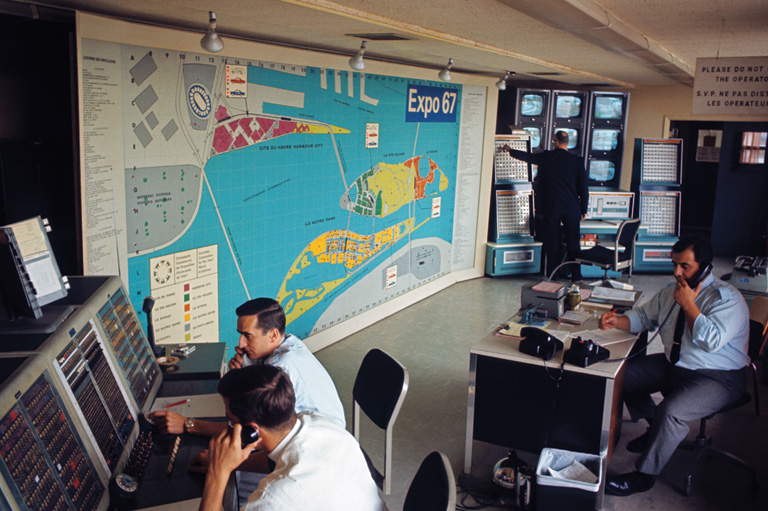Designing a Commemorative Coin: Historical Significance in Canadian History
Grade Levels: 4-12
Subject Area: History, Social Studies, Commemoration
Lesson Overview
In this lesson students learn to identify people, places, things, or events that are historically significant in Canadian history. They will use a provided set of criteria when evaluating historical significance. Students will begin by examining the historical significance of Viola Desmond, and consider why she was selected to appear on the ten-dollar bank note in Canada. Next, students will demonstrate their understanding by selecting a historically significant person, place, thing, or event and justify their reasoning for why they/it should appear on a new commemorative coin.
Time Required
One class period
Historical Thinking Concept
- Establish historical significance
Learning Outcomes
Students will:
- Identify people, places, things, and events that are historically significant in Canadian history
- Evaluate the historical significance of people, places, things, and events in Canadian history using a set of criteria
- Consider present-day situations in which decisions about historical significance are made
Background Information
“Historians establish historical significance. We can’t know all of the past – there is simply too much there. Why do we care, today, about certain events, people, and trends in the past, and not others? Particular facts become significant when we see them as part of a larger narrative that is relevant to important issues that concern us today” (Peter Seixas & Tom Morton, The Big Six Historical Thinking Concepts, p. 5).
Historical significance is the process used to evaluate what is important to learn about the past. Historians use different criteria to help them make judgments about the historical significance of people, places, things, and events. For example, historically significant people, places, things, and events often contributed to change and/or reveal something important about issues in history or contemporary life.
Important points:
- A person who is historically significant does not need to be famous – examining the lives of ordinary people in the past can give us an idea of what life was like during a particular time and place.
- Historical significance is not permanent – someone or something that was considered to be historically significant in the past might not be significant for us today.
- What one person considers to be historically significant might not be the same for someone else – historical significance can depend on someone’s background, experiences, and where they live.
Lesson Activity
Activating: How will students be prepared for learning?
Lead a class discussion to activate prior knowledge about the concept of historical significance.
- When we are learning about history, how do we decide what or who to learn about?
- What makes a person, place, thing, or event historically significant?
Acquiring: What strategies facilitate learning for groups and individuals?
Pass around student handouts.
Provide students with a set of criteria that can be used to evaluate historical significance (explain to students that the person, place, thing, or event does not need to meet all of the following criteria).
- Did the person, place, or event result in change?
- Number of people impacted - How many people were impacted by the change?
- Depth of change – How strongly was the change felt?
- Length of change – How long did the change last?
- Pace of change – How quickly or slowly did the change happen?
- Does the person, place, or event reveal something important about issues in history or contemporary life?
- Political importance
- Economic importance
- Social importance
- Cultural importance
- Environmental importance
Pass around a Canadian $10 bill that features Viola Desmond (or show an image of one).
Explain that the Bank of Canada held a selection and public consultation process to choose a Canadian woman to appear on the $10 bank note in 2018.
Read the write-up about Viola Desmond’s background, experiences, and accomplishments from the Bank of Canada website.
Watch the Heritage Minutes video on Viola Desmond.
Encourage students to record details from the write-up and video under the various criteria for evaluating historical significance [see Chart 1 in student handout].
Ask: Why is Viola Desmond historically significant?
Encourage discussion and questions.
Applying: How will students demonstrate their understanding?
Divide the class into groups of 3-4 students.
Read the following prompt:
The Royal Canadian Mint has decided to issue a new commemorative coin to add to its growing collection. You have been asked to recommend a person, place, thing, or event that is historically significant in Canadian history. Using the criteria for evaluating historical significance, explain why your selection should appear on the new coin.
Instruct students to complete Chart 2 in the handout, using sources they gather from the Internet and/or books about the person, place, thing, or event they selected.
Provide an opportunity for each group to present their selection to the class with a short 2-minute summary.
Lead a class discussion to reflect on the activity:
- How easy or challenging was it to select only one significant person, place, thing, or event for the coin?
- What other situations (besides designing commemorative coins or bank notes) require us to make decisions about the historical significance of certain people, places, things, or events? [naming streets or buildings, designing textbooks, creating lessons for students]
Materials/Resources
- Student Handouts
- Bank of Canada: Viola Desmond
- Heritage Minutes: Viola Desmond
- New $10 bill (or an image of one)
Extension Activity
Have students actually design a coin (drawing or digital mock-up) featuring the significant person, place, thing, or event in Canadian history they selected. Include a short write-up that explains their design decision-making process.
Have students explore the activities “A Noteworthy Woman” and “A Bank NOTE-able Canadian” by the Bank of Canada Museum.
Themes associated with this article
Advertisement







